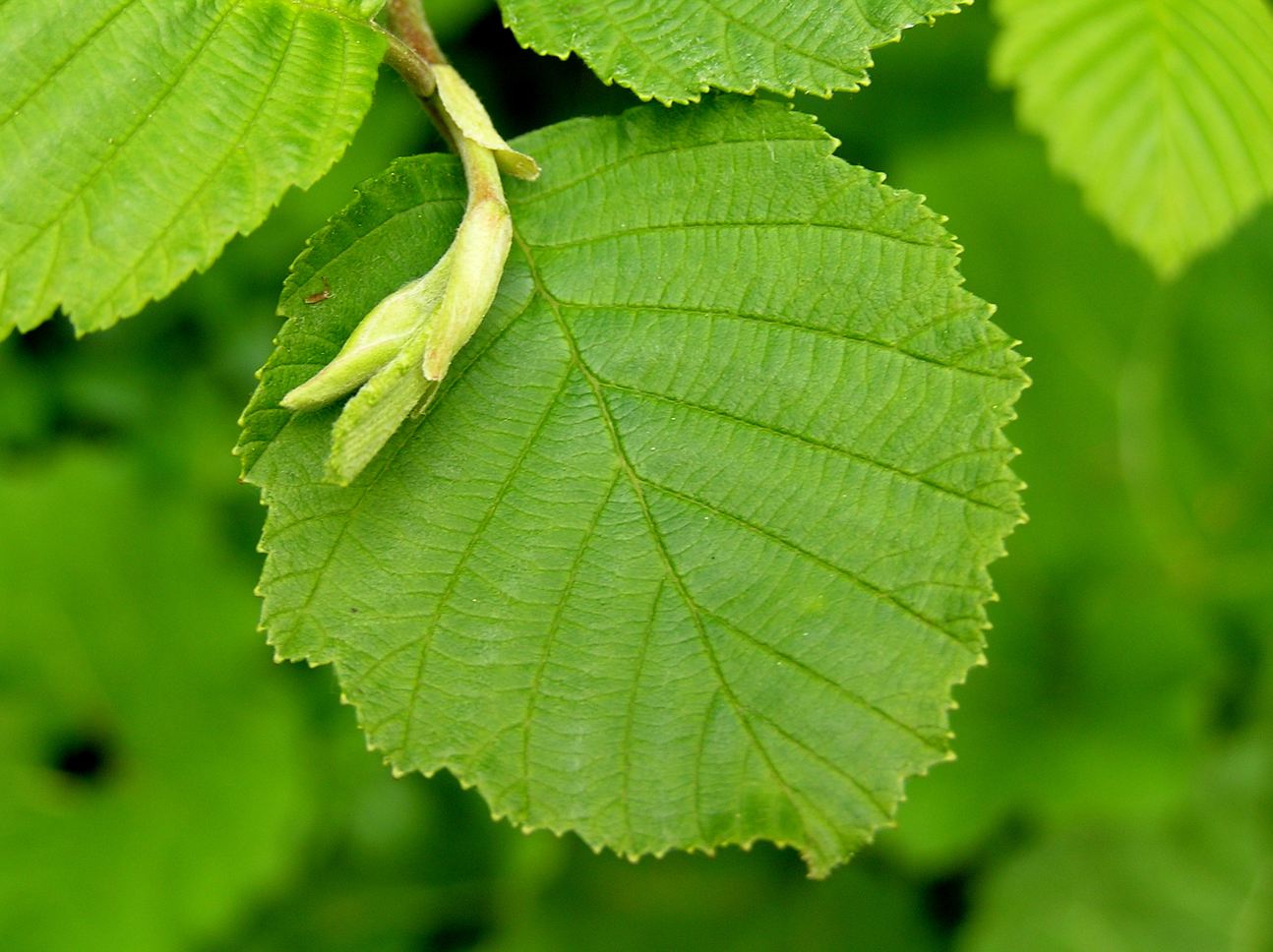With their graceful branching and soft green leaves, alder trees make for gorgeous photography subjects. Whether showcasing their seasonal changes or unique bark patterns, alders have a distinctive look that pops in images. Here are some tips for capturing stunning pictures of these underrated deciduous trees.
Finding Photogenic Alders
Not all alder trees are created equal when it comes to photogenic potential Here are a few things to look for when seeking out the most picture-perfect specimens
-
Mature trees Older alders have thicker, more textured trunks and branching compared to young saplings. Their height also makes them ideal subjects.
-
Interesting shapes: Look for alders with curved or twisted shapes that make them stand out. Unusual branching patterns also add visual interest.
-
Waterfront locations: Alders naturally thrive near streams, rivers, lakes, and wetlands. These aquatic habitats provide beautiful backdrops.
-
Colorful seasons: Capture alders during spring flowering, summer greenery, fall color, and winter snow. Their seasonal changes are stunning.
Composing Alder Tree Pictures
Some tips for composing beautiful, engaging images of alder trees:
-
Shoot in the golden hours around sunrise and sunset for glowing light.
-
Frame the tree according to compositional rules like the rule of thirds.
-
Photograph from creative angles – try shooting up from the base of a large alder.
-
Use selective focus to highlight the bark texture and soft blur the background.
-
Capture wide shots to convey the tree’s full size as well as close details like leaves and seeds.
-
For impact, photograph alders standing solo or use multiple trees to frame a subject.
Conveying Character Through Alder Bark
An alder’s white or grayish bark has a unique peeling texture that adds loads of visual interest. When photographing alders, pay special attention to capturing their distinctive bark patterns:
-
Adjust your angle to show off the characteristic ridges and textures of the bark. Side lighting brings out the details.
-
Use macro or telephoto lenses to hone in on the fine texture and tonal variations in the bark.
-
Try black and white photography to really emphasize the patterns, shapes, and shading of the bark.
-
Capture the vibrant green moss and lichens that grow on the bark for added color and contrast.
-
For added scale, compose your bark photos with a person, building, or other object in the frame.
Photographing Alder Leaves and Flowers
The lush green foliage and cute fruiting cones of alders also make fantastic photographic motifs. Here are some ideas:
-
For leaves, fill the frame with hand-held branches or clusters of fresh spring growth.
-
Capture the male and female catkins dangling from bare early spring branches before leaves emerge.
-
Shoot leaf silhouettes backlit by the sun for a dramatic effect.
-
Let light filter through translucent new leaves to create a glowing effect.
-
Hold a stack of just-fallen autumn alder leaves in your hand for a seasonal shot.
With a little creativity and the right technique, it’s easy to showcase the innate photogenic beauty of alder trees. Their graceful form, textured bark, and lush leaves make them a standout photographic muse.
1 Himalayan Alder Tree
The Himalayan Alder or Nepalese Alder, has rather soft wood, which can be dried and used for furniture. Like that of other species, its bark can be used to manufacture dyes.
The bark is also favored for herbal remedies by those who tout its anti-inflammatory properties. It comes from Pakistan, Nepal, and the western Himalayas, and it can get as tall as 60 feet.
Where Does Alder Wood Come From?
In North America, Alder wood is almost always taken from Red Alders. Buyers should always ask suppliers about ethical sustainability practices.
‘Knotty Alder’ is a common label used to describe Alder hardwood that has frequently visible knots. You can find it at most home goods stores. It’s a popular choice for furniture and the home.
Alder wood cabinets are an excellent choice for a house, especially for a kitchen. It takes stains exceptionally well, so can be made to respond to a variety of interior design schemes.
It has the highest hardwood lumber grade, a superior grain to cherry wood, and is remarkably light. Its biggest flaw is probably that it doesn’t do well when it’s directly exposed to water, but other than that, it’s very strong and reliable.
Plus Alder wood products are usually more sustainable than others made with Meranti wood for example.7
Alder Tree Facts: Habitat, Symbolism, Uses, And More
FAQ
How do I identify an alder tree?
What is special about alder trees?
What is the superstition about alder trees?
What is the difference between alder and elder trees?
How many stock photos of alder trees are there?
There are 1,891 alder tree stock photos and images available on Getty Images. You can also search for stock photos of ash trees or cypress trees.
What is an alder tree?
An alder tree, specifically Alnus glutinosa, is one of the commonest trees found in wetlands. It is known to provide food for various finches during most winters.
What is an alder tree isolated on white?
An isolated image of an old alder tree (Alnus glutinosa) on a white background. This image features a branch with alder leaves and green cones.
How do you identify an alder tree?
You will find out how alder bark, leaves, flowers, and cones help identify this stately tree. Alder ( Alnus) is a genus of flowering deciduous trees in the family Betulaceae. There are about 35 alder species, comprising of large trees and smaller shrub-like trees. Many species of alders grow between 66 and 100 ft. (20 – 30 m) tall.
- A Complete Guide to Caring for Yuki Cherry Blossom Shrub - January 23, 2025
- Identifying Red Hot Poker Seeds: What to Look For When Harvesting Torch Lily Pods - January 23, 2025
- A Complete Guide to Harvesting Evening Primrose Seeds - January 23, 2025

